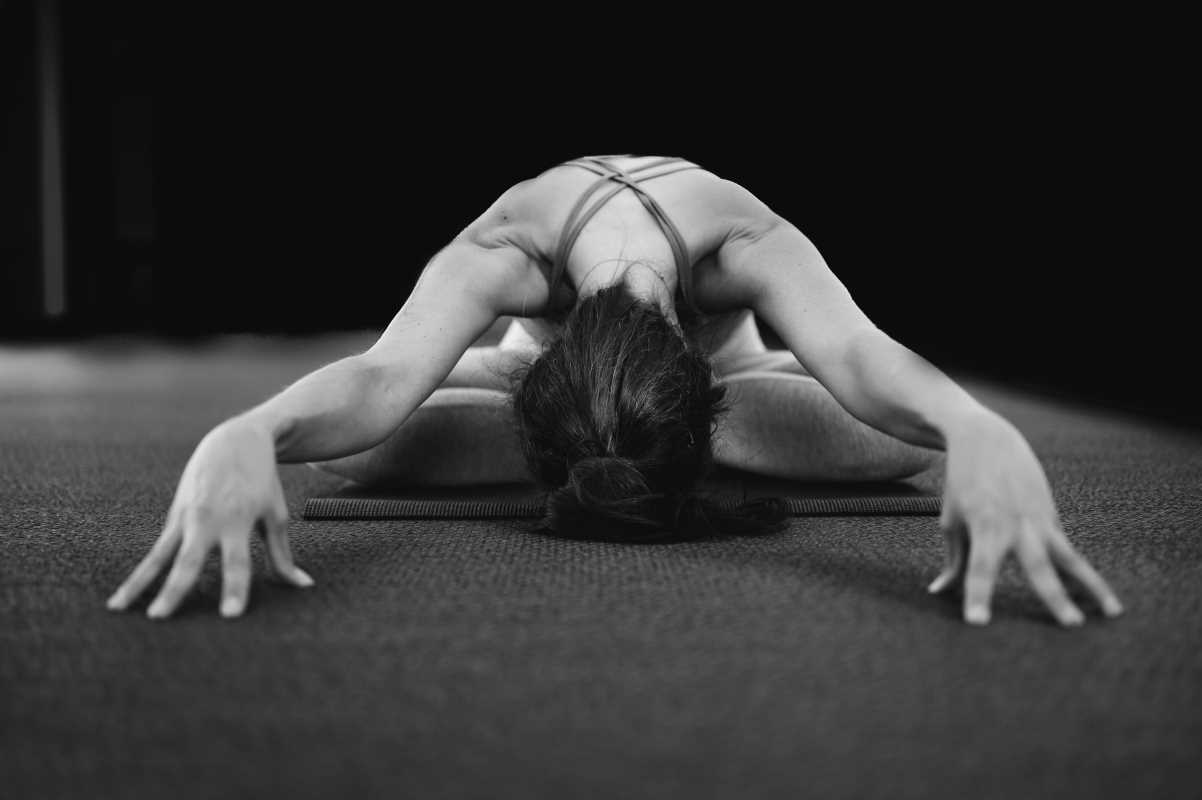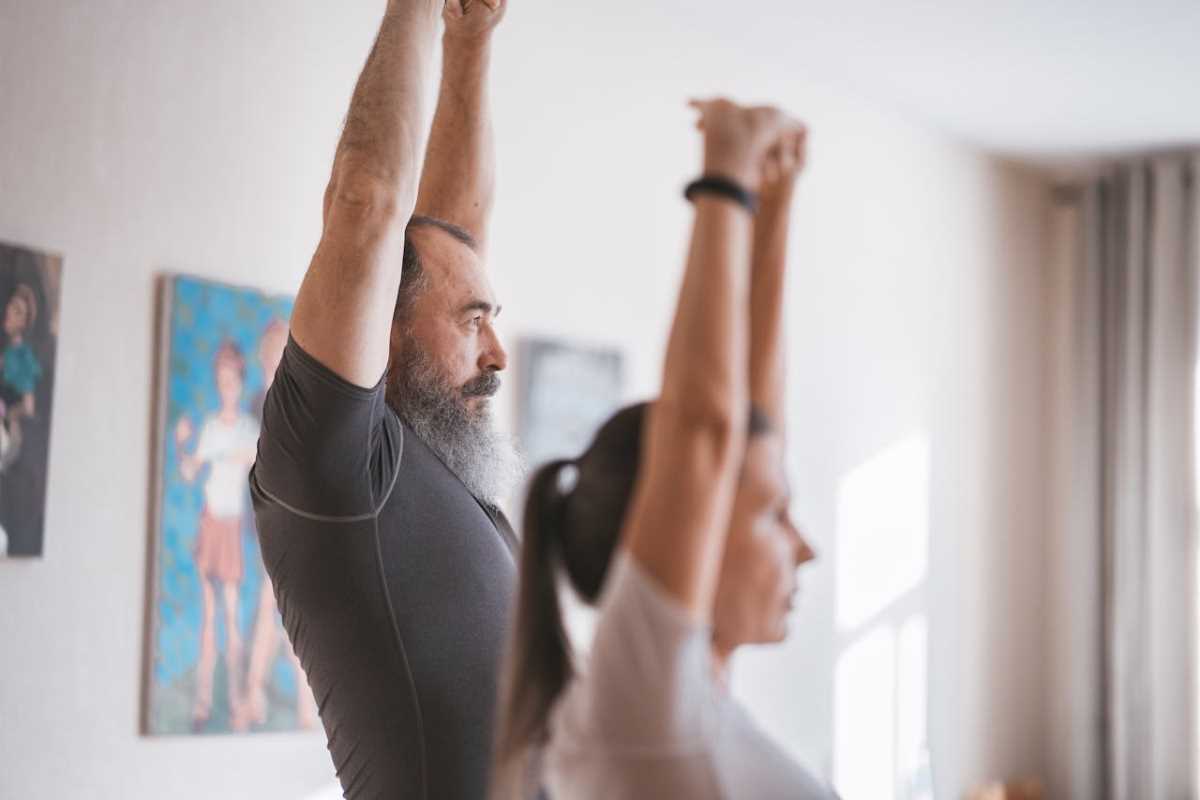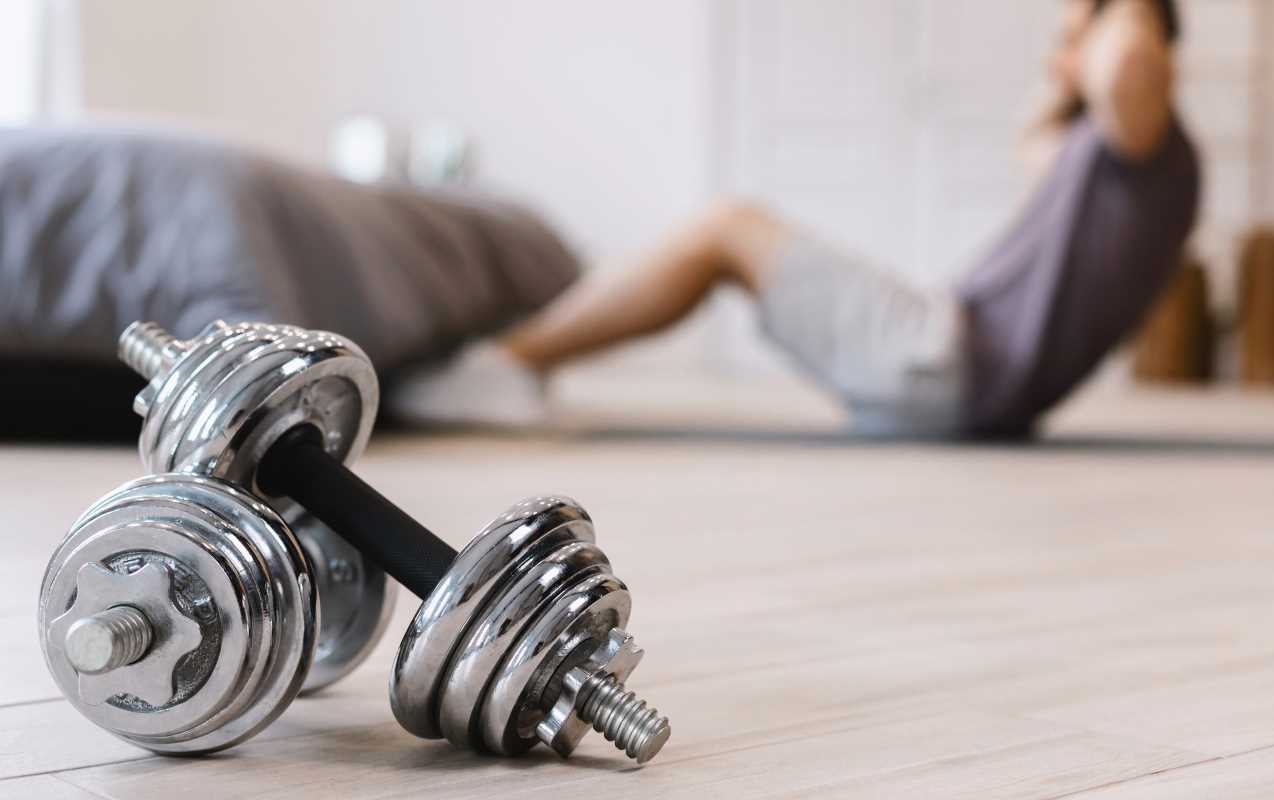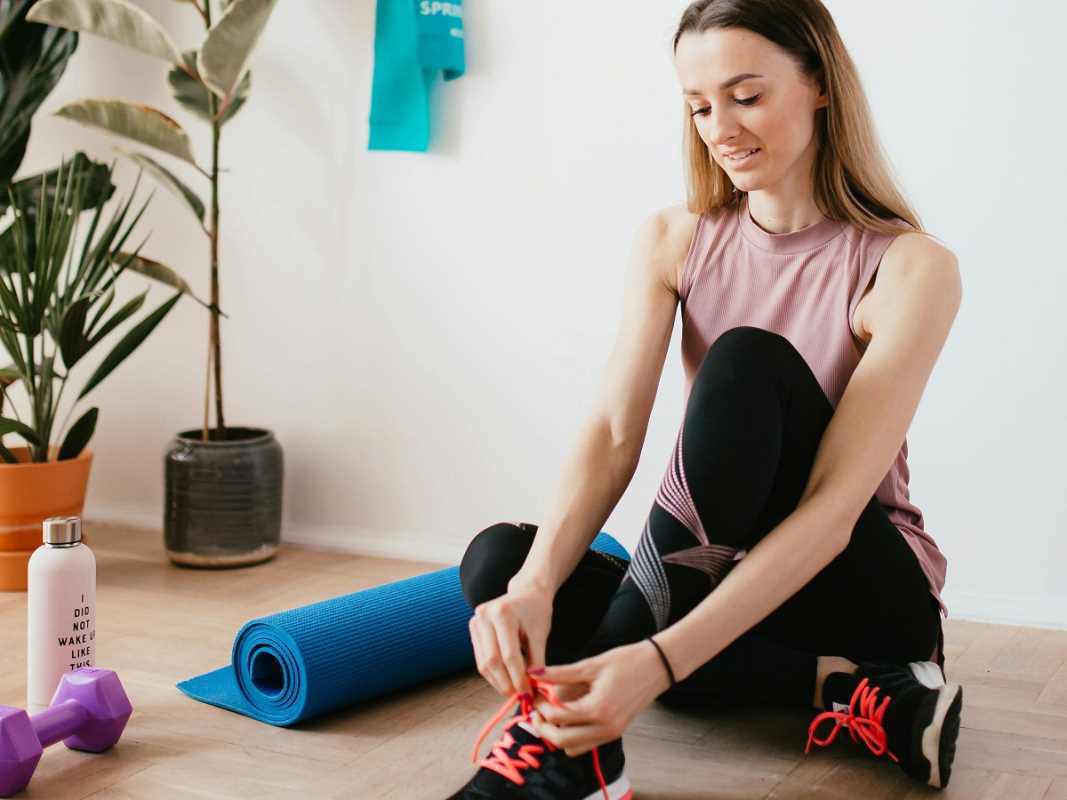You push hard all day. Your body carries the stress. Your mind races with tomorrow's to-do list. Sound familiar? You're not alone in this daily grind. But here's the thing – how you wind down matters just as much as how you power through.
Winding down isn't about being lazy or unproductive. It's about giving your body and mind the recovery they desperately need. Research shows that people who prioritize proper recovery experience 23% less muscle soreness and sleep 40% better than those who skip this crucial step. Your future self will thank you for making this shift.
You'll discover why recovery workouts beat complete rest, learn simple techniques that melt away tension, and build an evening routine that sets you up for success. Ready to transform your nights from restless to restorative? Let's dive in.
Why Recovery Matters More Than You Think
Your body doesn't just shut off when you stop working or exercising. It kicks into repair mode. During recovery, your muscles rebuild stronger, your nervous system resets, and your brain processes the day's experiences. Skip this phase, and you're setting yourself up for burnout, injury, and poor performance.
Studies from the American College of Sports Medicine show that active recovery – gentle movement that promotes blood flow – speeds healing by up to 30% compared to complete rest. Your lymphatic system needs movement to flush out metabolic waste. Your joints crave gentle motion to stay mobile. Your mind benefits from the transition between high stress and deep rest.
Think of recovery as an investment, not a luxury. Every minute you spend winding down correctly pays dividends in energy, mood, and performance tomorrow.
Recovery Workouts That Actually Work
Forget the "no pain, no gain" mentality when it comes to recovery. These gentle movements help your body transition from stress to restoration while keeping you active and engaged.
Yoga for Deep Release
Yoga combines gentle movement, deep breathing, and mindfulness in one powerful package. A 20-minute evening yoga session can lower cortisol levels by 25% while improving flexibility and promoting better sleep.
Try these evening yoga sequences:
- Child's Pose to Cat-Cow: Start in child's pose for two minutes, then flow through gentle cat-cow stretches for spinal mobility
- Gentle Twists: Seated spinal twists help release tension from your core and back
- Legs Up the Wall: This restorative pose improves circulation and activates your parasympathetic nervous system
- Gentle Hip Openers: Pigeon pose or butterfly stretch releases tight hips from sitting all day
The key is moving slowly and breathing deeply. This isn't about achieving perfect poses – it's about releasing what your body held onto throughout the day.
Strategic Stretching Sessions
Static stretching gets a bad rap before workouts, but it's pure gold for recovery. Holding stretches for 30-60 seconds helps lengthen tight muscles and improve range of motion while signaling your nervous system to relax.
Focus on these key areas:
- Hip Flexors: Counter hours of sitting with low lunge stretches
- Shoulders and Neck: Roll your shoulders back and stretch your neck in all directions
- Hamstrings: Forward folds help release tight back-of-leg muscles
- Chest: Open up hunched shoulders with doorway chest stretches
Make stretching feel good, not painful. You should feel tension release, not sharp discomfort. This is your time to be gentle with yourself.
Foam Rolling for Muscle Recovery
Foam rolling acts like a deep tissue massage you can do at home. It breaks up muscle adhesions, improves blood flow, and helps your muscles recover faster. Research shows that just 10 minutes of foam rolling can reduce muscle soreness by up to 50%.
Target these common trouble spots:
- IT Band: Roll the outer thigh slowly to release tight connective tissue
- Calves: Work from ankle to knee with steady pressure
- Upper Back: Use a foam roller against a wall for gentle spine release
- Glutes: Sit on the roller and work those hardworking hip muscles
Move slowly and breathe through any tender spots. Your muscles should feel more relaxed and pliable afterward.
Light Cardio for Active Recovery
Sometimes your body needs gentle movement rather than stretching. Light cardio promotes blood flow without adding stress to your system. Think easy walking, leisurely cycling, or gentle swimming.
Keep it light with these guidelines:
- Stay at 50-60% of your maximum heart rate
- You should be able to hold a conversation easily
- Duration matters more than intensity – aim for 15-30 minutes
- Focus on movement that feels good, not challenging
This type of movement helps your body flush out metabolic waste while maintaining fitness without additional stress.
Building Your Perfect Evening Routine
Recovery workouts are just one piece of the wind-down puzzle. Creating a consistent evening routine helps signal your body and mind that it's time to shift gears.
Create a Calming Environment
Your environment shapes your mental state. Small changes can make a huge difference in how quickly you transition from day mode to rest mode.
Set the scene for relaxation:
- Dim the lights 2-3 hours before bedtime to support natural melatonin production
- Keep your space cool – around 65-68°F is optimal for sleep
- Reduce noise with earplugs, white noise, or calming sounds
- Put away work materials and digital devices to create mental boundaries
Your space should feel like a sanctuary, not an extension of your workday.
Practice Mindfulness and Breathing
Your breath is a direct line to your nervous system. Slow, deep breathing activates your body's relaxation response and helps quiet a busy mind.
Try these simple techniques:
- 4-7-8 Breathing: Inhale for 4, hold for 7, exhale for 8
- Box Breathing: Inhale for 4, hold for 4, exhale for 4, hold for 4
- Body Scan: Mentally check in with each part of your body, releasing tension as you go
- Gratitude Practice: Reflect on three good things from your day
Even five minutes of mindful breathing can shift your entire state from stressed to serene.
Optimize Your Sleep Hygiene
Quality sleep is where the magic happens. During deep sleep, your body repairs tissues, consolidates memories, and resets your hormonal systems.
Set yourself up for success:
- Stick to consistent sleep and wake times, even on weekends
- Create a 30-60 minute buffer between screen time and sleep
- Keep your bedroom dark, quiet, and cool
- Avoid large meals, caffeine, and alcohol close to bedtime
- Use your bed only for sleep and intimacy
Good sleep hygiene isn't restrictive – it's liberating. When you sleep well, everything else gets easier.
Timing Your Wind-Down for Maximum Benefit
When you start winding down matters just as much as what you do. Your body has natural rhythms that you can work with rather than against.
The Golden Hour Before Bed
Research shows that the hour before sleep is crucial for recovery quality. This is when your core body temperature naturally drops and melatonin production increases. Use this time wisely.
Make the most of your final hour:
- Complete any recovery workouts 2-3 hours before bed to avoid overstimulation
- Focus on gentle stretching, reading, or meditation
- Avoid stimulating activities like intense exercise, work, or emotional conversations
- Practice gratitude or journaling to process the day's events
This transition time helps your body and mind prepare for restorative sleep.
Weekly Recovery Planning
Daily recovery is important, but weekly planning ensures you're addressing your body's changing needs. Some days call for gentle yoga, others need foam rolling, and sometimes a quiet walk is perfect.
Plan your recovery week:
- Monday: Gentle stretching after weekend activities
- Tuesday-Thursday: Alternate between yoga and foam rolling
- Friday: Light cardio to transition into the weekend
- Weekend: Longer recovery sessions or outdoor walks
Listen to your body and adjust as needed. Recovery should feel good, not forced.
Common Wind-Down Mistakes to Avoid
Even with good intentions, it's easy to sabotage your recovery efforts. These common mistakes can keep you wired when you want to be winding down.
The Screen Time Trap
Blue light from phones, tablets, and TVs suppresses melatonin production and keeps your brain alert. Studies show that using devices within two hours of bedtime can delay sleep onset by up to 30 minutes.
Break the screen habit:
- Use blue light filters or glasses if you must use devices
- Charge phones outside the bedroom to avoid temptation
- Replace screen time with reading, gentle music, or conversation
- Set a digital curfew and stick to it
Your brain needs time to shift from stimulation to rest. Give it that gift.
Going Too Hard Too Late
High-intensity exercise within three hours of bedtime can leave you energized when you want to be sleepy. Your core body temperature and heart rate need time to return to baseline.
Time your workouts wisely:
- Finish intense exercise at least 3-4 hours before bed
- Save recovery workouts for closer to bedtime
- Pay attention to how different activities affect your sleep
- Adjust timing based on your individual response
Recovery workouts are different from regular exercise. They should calm, not energize.
Inconsistent Routines
Your body thrives on routine. Constantly changing your wind-down approach confuses your internal clock and makes it harder to relax on cue.
Build consistency:
- Choose 2-3 recovery activities you enjoy and rotate between them
- Keep similar timing each night
- Prepare your space in advance
- Start small and build gradually
Consistency beats perfection every time. A simple routine you follow is better than a complex one you abandon.
 (Image via
(Image via.jpg)





